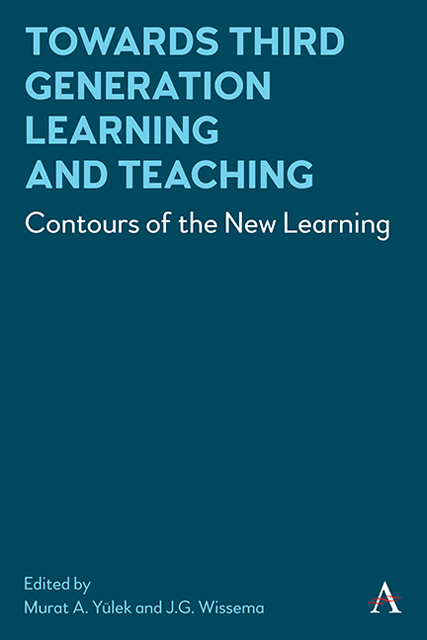Chapter 13 - Public Education and the University
Published online by Cambridge University Press: 10 January 2023
Summary
Introduction
The Second-Generation Universities (2GU; see Chapter 1) have had two functions: education, aiming at conveying existing knowledge and skills to new generations of students; and research, generating new knowledge for society. Through these traditional functions, the university has provided benefits to society since the Middle Ages. Now it is clear that there is a need for change toward the 3GU (Wissema 2009); a third function is warranted: a more direct contribution to economic development, and an active involvement of the university in addressing society’s developmental challenges.
The university is part of the modern public education system, which had been initiated in response to economic and social dynamics that led to the Industrial Revolution in the eighteenth century. This could also be called the “Educational Revolution” akin to other revolutions such as the agricultural (around 10,000 BC), the European “Commercial Revolution” of the tenth century (Lopez and Lopez 1976, 950–1350) and the “Industrial Revolution” (Gordon and Schultz 2020). The university is also expected to engage in scientific research, potentially spurring technological advancement and innovation. Commercialized research is potentially one of the key drivers of economic growth and development in wide-ranging areas of the economy from agriculture to industrial high-technology areas. Thus, the university can continue to contribute to society through its second traditional function.
Current higher educational practices clearly reveal that there is a significant gap to be filled between the university and the society. It is questionable that such nice bridges as the triple helix idea can close that rift. Rather, calls for a full reform of the structure of the public education including universities are mounting in the society (Buenstorf and Koenig 2020, Vol. 49; Baglieri, Baldi and Tucci 2018, 51–63; Liefner, Si and Schafer 2019, 3–14; Degl’Innocenti, Matousek and Tzeremes 2019, Vol. 48; Zhang, Chen and Fu 2019, 33–47; Rajalo and Vadi 2017, 42–54); and the design of new university sub-types is also necessary to address both education and research aspects.
The Origins of Pre-university Public and Technical Education
Free compulsory public education developed in response to changing economic circumstances (Roberts 1957; Becker, Hornung and Woesmann 2011, 92–126; Carl 2009, 503–518).
- Type
- Chapter
- Information
- Towards Third Generation Learning and TeachingContours of the New Learning, pp. 195 - 208Publisher: Anthem PressPrint publication year: 2022



